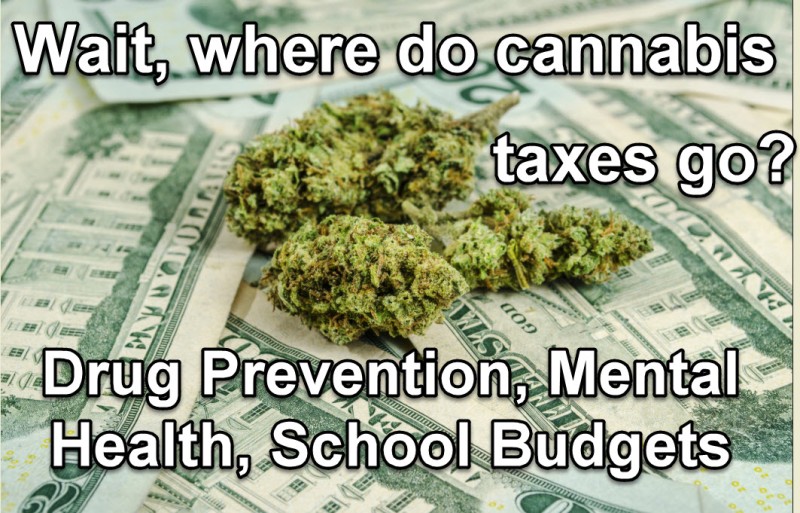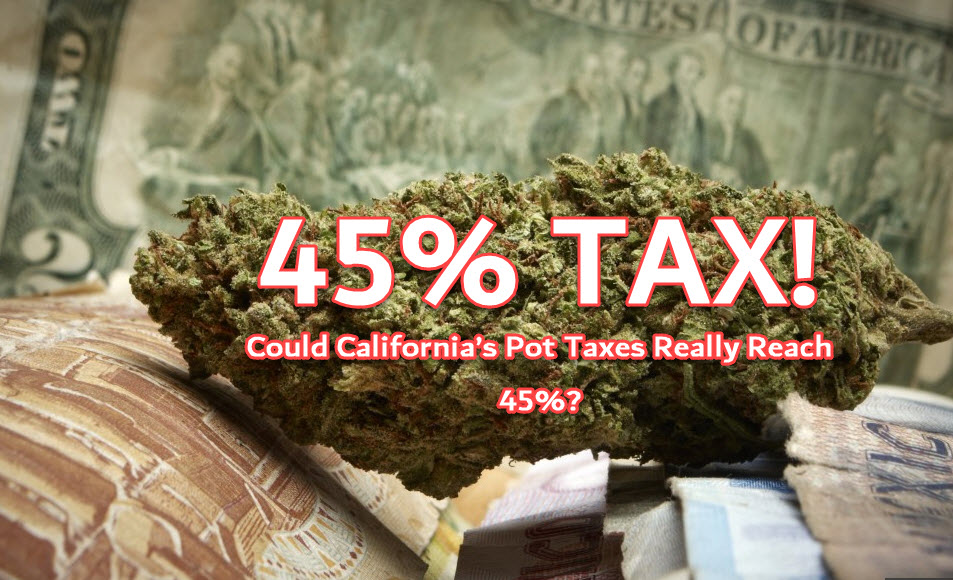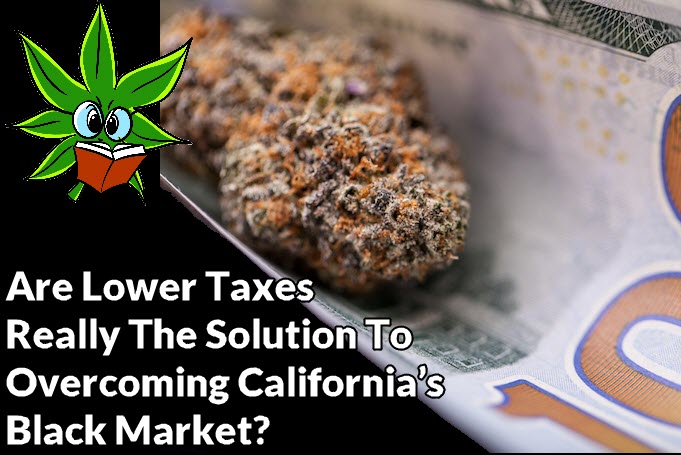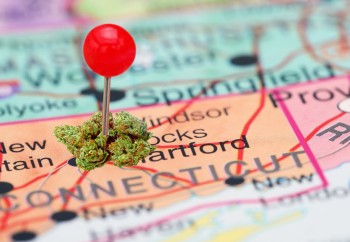Drug Prevention, Mental Health, School Budgets: Where Your Cannabis Taxes Are Going
Where Do All Your Cannabis Taxes Go? Schools, Roads, Mental Health, Drug Prevention Programs from CannabisNet on Vimeo.
A recent USA Today article shed some light on the domino effect of legalization, focusing on all the good that cannabis taxes are helping with.
Since the sin taxes have been implemented in 2014, states with legal cannabis have been able to collect over $1.6 billion. The money has since been used to subsidize numerous social projects including programs that help prevent convicts from committing offenses again, and mental health projects.
However, tax revenues are expected to see a dramatic surge considering that President Trump has just inked a deal with Republican Sen. Cory Gardner to relax regulations on states with legal pot – at least in Colorado. In a surprising move, Trump also decided to support a legislation which would solve the “states’ rights issue,” as per Gardner. A timely move, since California pot taxes are expected to exceed those of other states since it just legalized recreational use early this year.
The USA Today Network was granted an exclusive analysis with senior economist Beau Whitney of New Frontier Data, a cannabis analytics firm. Whitney says that tax collections from California alone could surpass $2.1 billion until 2020, if the 15% state excise tax stays the same. The article also mentions that Fitch Ratings, a credit-rating firm, says that if taxes go as high as 45% this could derail tax revenues as it would only make the black market more attractive. But “every dollar is important”, says Stephen Walsh, director of the Public Finance department in Fitch Ratings. “It’s very difficult for governments to raise taxes,” he adds, also stating that cannabis taxes are a new, welcome source of money for them.
However, tax rates are still high, but that’s not stopping people from buying weed. In Oregon, adult-use taxes are at 20% while it’s at 45% in California. Now if the US government decides to approve sales all over the country, New Frontier analysts expect that it could bring in around $100 billion in revenues alone, including the assumed 15% federal sales tax, payroll deductions, and business tax revenues. In Washington and Colorado alone, where adult-use cannabis has been legal since 2014, almost $1.48 billion in revenues have already been collected.
Where The Money Is Going
Washington has injected over $773 million to cover research conducted by state universities on short and long term cannabis use, healthcare services, and the reduction of cannabis among minors, as well as other projects. On the other hand, Colorado has obtained over $702 million, which has been spent on grants covering school construction among others. US Rep Jared Polis, D-Colorado, told an interview that shifting the economic activity from underground to above ground and taxing it has created “a more efficient market.”
“You collect additional revenue that can help you meet your state budget shortfalls,” Polis said.
In Colorado, cities and counties have the flexibility to choose whether they would allow cannabis businesses or not. But Polis says that some of the poorer areas of the state have still benefited from cannabis, as taxes have gone to support schools as well as children’s scholarships and addressing infrastructure needs.
In Oregon, tax collections were started in 2016 and since then they have divided up around $126.9 million in cannabis taxes to support city and county governments, schools, alcoholism, mental health, drug services, and even the Oregon State Police and Oregon Health Authority’s drug prevention services. “These funds will be used in combination with other resources for drug and alcohol prevention for a comprehensive, evidence-based approach to reducing drug misuse and excessive alcohol use,” says Oregon Health Authority spokesman Jonathan Modie. He also added that part of the program is a campaign designed to prevent minors from consuming cannabis, and data collection on booze and drug use.
How much Oregon can distribute yearly to school districts is dependent on the weighted daily membership of a district; a metric that takes into consideration the number of full-time students in a specific district as well as other factors like the number of students in poverty, or those with special needs. Salem-Keizer Public Schools is the state’s 2nd largest school district; they have received a little over $2.7 million in cannabis tax revenues this year alone, says Peter Rudy, Oregon Department of Education spokesman. That amount is adequate enough to pay 27 teachers, with each of them having a combined salary and benefits amounting to $100,000 says Lilian Govus, district spokeswoman.
Oregon Gov. Kate Brown said in a statement, “We know that Oregonians care about our children’s education and their neighbors’ health, and we see that in how they decide to spend cannabis tax revenues. Every dollar counts when supporting those values.”
Drug Prevention, Mental Health, School Budgets Where Your Marijuana Taxes Are Going from CannabisNet on Vimeo.
OTHER STORIES YOU MAY ENJOY...
CALIFORNIA CANNABIS TAX, CLICK HERE.
OR..
ARE LOWER TAXES THE KEY TO THE LEGAL MARIJUANA MARKET, CLICK HERE.







